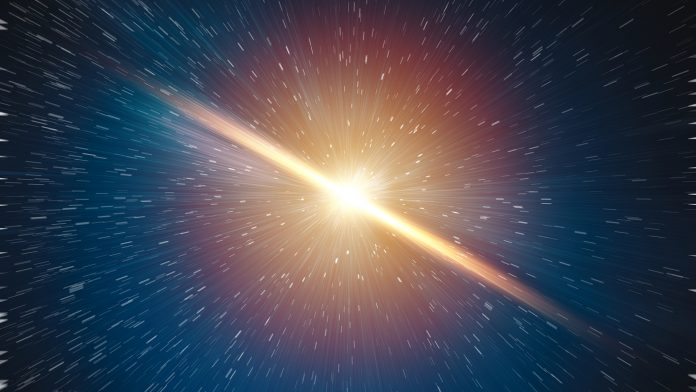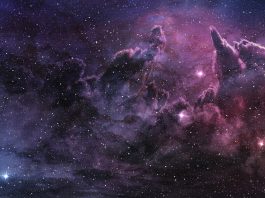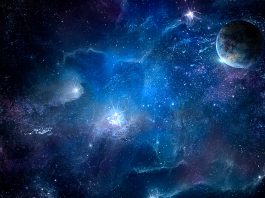An international group of researchers, monitoring the expansion of the Universe with Supernovae, have made observations that could dramatically alter our understanding of astrophysics.
The team have examined a database of over 1000 supernova explosions and discovered that models for the expansion of the Universe best match the data when a new time dependent variation is introduced. If these findings are supported by higher-quality data from observatories such as the Subaru Telescope, the results may reveal still unknown physics working on the cosmic scale.
The group’s results have been published in Astrophysical Journal.
Edwin Hubble’s studies over 90 years ago, demonstrating the expansion of the Universe, continue to be the foundation of modern astrophysics. However, when delving into the specifics of calculating how fast the Universe has expanded at various times in its existence, scientists have faced challenges obtaining theoretical models to match observations.
In order to overcome these challenges, a group of researchers led by Maria Dainotti, Assistant Professor at the National Astronomical Observatory of Japan and the Graduate University for Advanced Studies, and an associated scientist at the Space Science Institute in the US, have investigated a database of 1048 supernovae which exploded at various periods in the history of the Universe.
The team discovered that the theoretical models can match the observations if one of the constants used in the equations – the Hubble constant – is able to vary with time.
There are multiple explanations for this apparent shift in the Hubble constant. One potential is that observational biases are present within the data sample. To assist the correction of potential biases, astronomers are using Hyper Suprime-Cam on the Subaru Telescope to monitor fainter supernovae over a wide area. Data obtained from this instrument will expand the sample of observed supernovae in the early Universe and decrease the ambiguity in the data.
However, if the current results hold-up under further examination, if the Hubble constant is indeed shifting, that raises the question of what is driving this shift. Figuring out the answer to this question may necessitate a revised or even new model of astrophysics.









